Maintaining the proper air pressure in a semi-trailer tire air system is critical for operational efficiency, safety, and overall vehicle longevity. In this guide, we will discuss the various components of the tire air system, step-by-step instructions for airing up, troubleshooting common problems, and best practices for ongoing maintenance. This extensive information is designed to enhance your understanding and enable you to take effective action.
Understanding the Semi-Trailer Tire Air System
Before diving into the specifics of airing up a semi-trailer tire air system, let’s dissect its key components and their significance.
Key Components of the Tire Air System
| Component | Description |
|---|---|
| Air Compressor | Generates the compressed air required for inflating tires and operating various systems. |
| Air Tanks | Stores compressed air, providing a reserve for tire inflation and brake operation. |
| Pressure Regulator | Adjusts the air pressure to suitable levels and ensures consistent airflow throughout the system. |
| Tire Pressure Monitoring System (TPMS) | Provides real-time data on tire pressure, alerting the driver to any deviations. |
| Tires | The last point in the system that requires proper air pressure for safe operation. |
Understanding these components lays the groundwork for effective air up procedures.
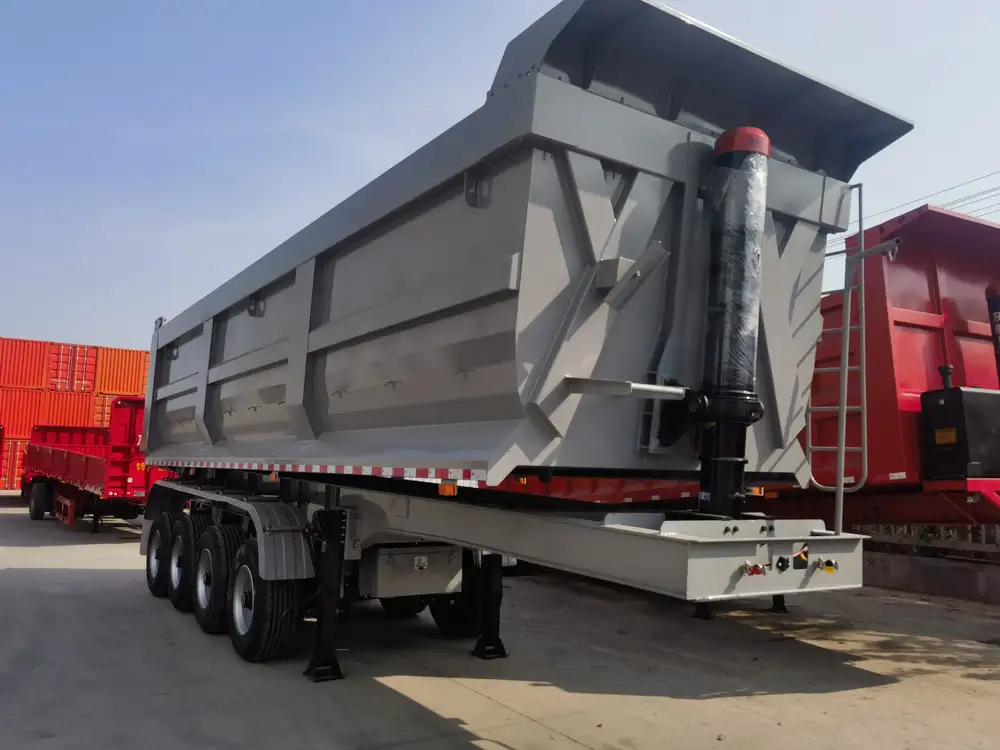
Step-by-Step Instructions to Air Up the Semi-Trailer Tire Air System
To effectively air up the tire air system of a semi-trailer, follow these systematic steps. Each step is crucial for ensuring safety and performance.
1. Gather Essential Tools
Before beginning the process, collect the necessary tools which include:
- High-quality air compressor or manual air pump
- Tire pressure gauge
- Air hose
- Safety goggles
- Gloves
2. Ensure Safety Precautions
Safety should be prioritized at every stage. Adhere to the following precautions:
- Ensure the semi-trailer is parked on a flat, stable surface.
- Engage the parking brake.
- Always wear safety goggles and gloves to protect against debris and potential air leaks.
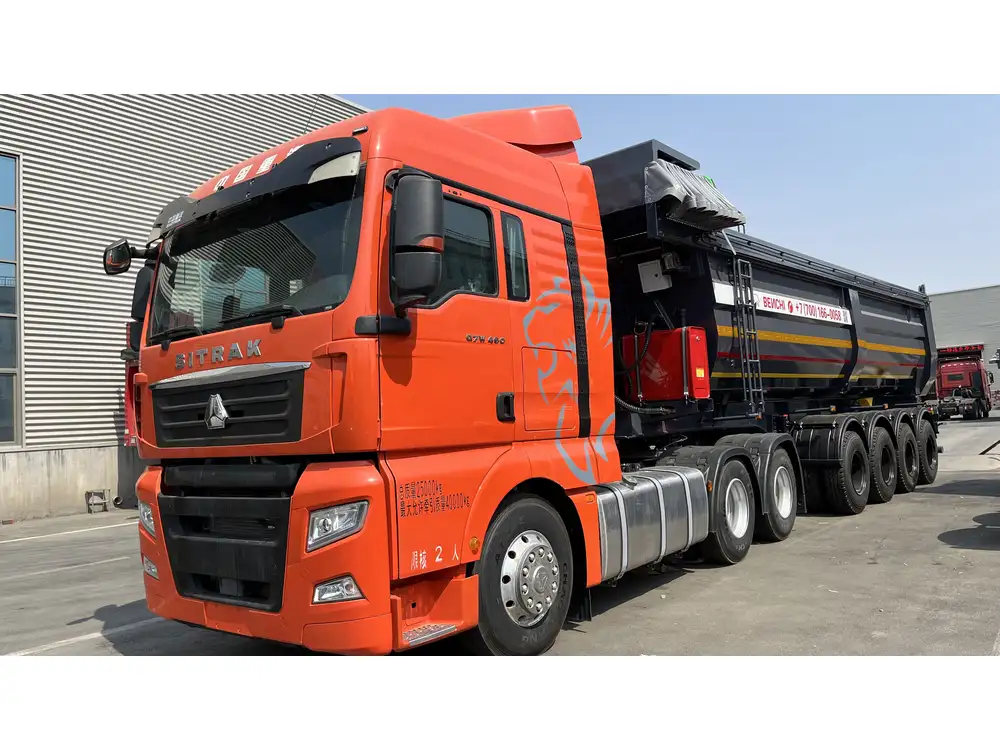
3. Inspect the Air System
Before airing up, conduct a thorough inspection of the system:
- Check for leaks in the air lines, fittings, and valves.
- Inspect the air bags for any visible damage or wear.
- Examine the tires for punctures, cracks, or excessive wear.
4. Check Current Tire Pressure
Utilizing a tire pressure gauge, measure the current pressure in each tire:
- Remove the valve cap from each tire stem.
- Firmly press the tire gauge onto the valve stem.
- Record the pressure reading, and compare it to the manufacturer’s recommended specifications (usually found in the owner’s manual or on a placard inside the cab).
5. Connect the Air Compressor
Next, connect the air compressor or air hose to the tire:
- Attach the air hose directly to the valve stem.
- Make sure the connection is snug to prevent any air leakage.
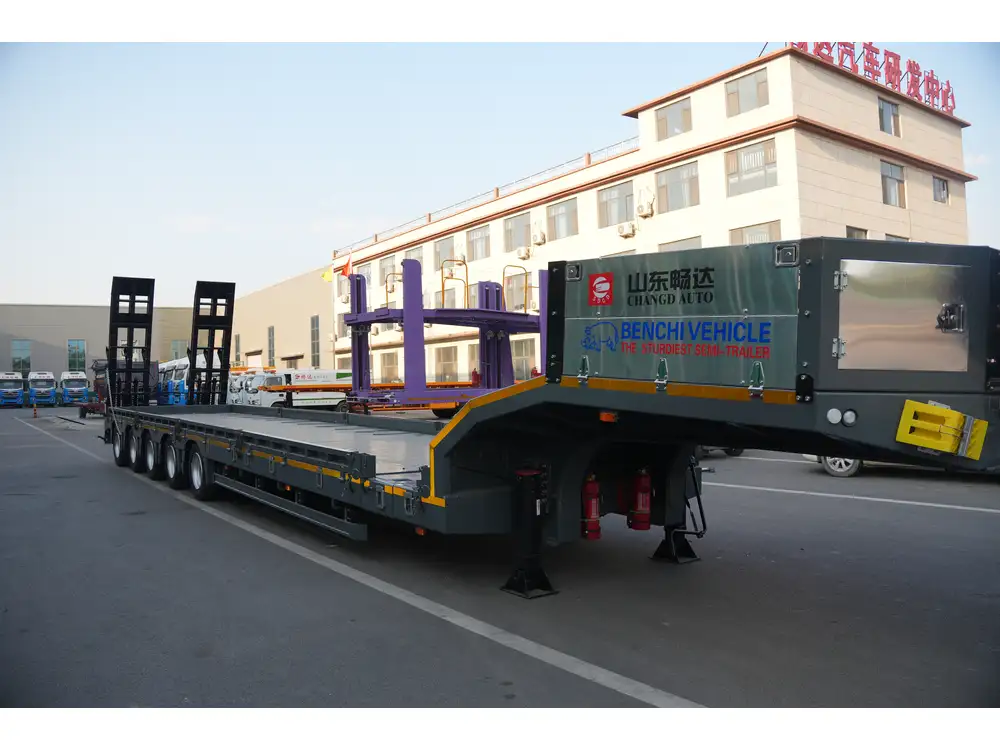
6. Inflate the Tires
- Using an Air Compressor: If using a compressor, turn it on and monitor the pressure gauge. Inflate until the desired pressure is achieved.
- Using a Manual Pump: Pump the air into the tire gradually and check periodically with the gauge.
7. Monitor Pressure
Continuously monitor the pressure while inflating.
- Stop air flow and check with the gauge frequently to avoid over-inflation.
- Consult the recommended pressure levels to ascertain accuracy.
8. Disconnect and Replace Valve Caps
Once the proper pressure is achieved:
- Disconnect the air hose carefully to prevent air loss.
- Replace the valve caps to protect against contaminants and maintain pressure.

9. Document the Process
For future reference, document the tire pressure readings, the date of inflation, and any relevant notes about the air system status. This can help in predictive maintenance.
Troubleshooting Common Tire Air System Issues
While performing maintenance, you may encounter several common issues. Here’s a breakdown along with solutions:
Low Air Pressure
Causes:
- Slow leaks in the tire.
- Air system failure.
Solutions:
- Inspect for visible damage or punctures.
- Replace the valve stems or utilize tire sealant.

High Air Pressure
Causes:
- Improper inflation techniques.
- Environmental temperature changes.
Solutions:
- Release excess air using a gauge.
- Monitor tire pressure levels regularly, especially in extreme weather conditions.
Air Compressor Failure
Causes:
- Lack of routine maintenance.
- Electrical issues.
Solutions:
- Regularly inspect and service the air compressor.
- Ensure all electrical connections are secure and functional.
Best Practices for Ongoing Maintenance of a Semi-Trailer Tire Air System
Maintaining the integrity of your semi-trailer tire air system is imperative. Here are effective best practices to implement long-term.
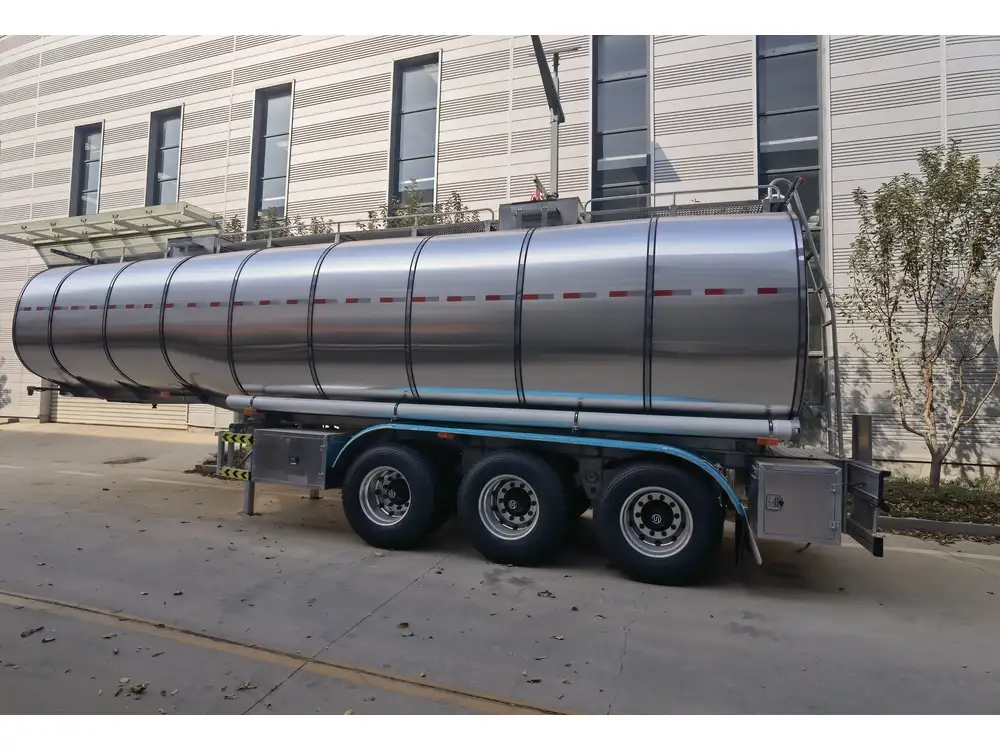
Regular Pressure Checks
- Conduct tire pressure inspections at least once a week.
- Maintain documentation of pressure readings for all tires.
Perform System Inspections
- Regularly assess the air compressor, tanks, and hoses for any signs of wear and tear.
- Address any noticed abnormalities promptly.
Seasonal Adjustments
- Adjust tire pressure according to seasonal temperature changes, as temperature can significantly impact air pressure.
- For colder months, inflate tires to slightly higher pressures to combat pressure drops.
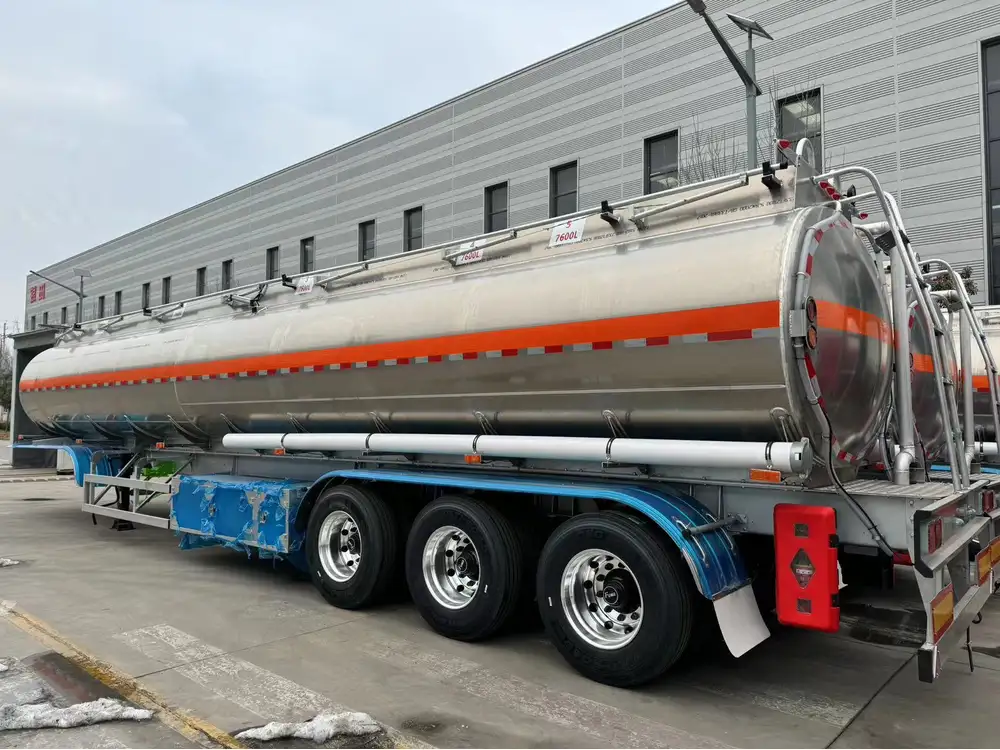
Invest in Quality Sensors
- Install a Tire Pressure Monitoring System (TPMS) for real-time pressure monitoring.
- This system allows for quicker responses to pressure deviations.
Professional Servicing
- Schedule periodic inspections and services by qualified professionals.
- Ensure all components, especially the compressor and tanks, are thoroughly tested and repaired if necessary.
Conclusion: Maximizing Efficiency and Safety
Airing up the semi-trailer’s tire air system is an essential maintenance task that cannot be underestimated. Adhering to systematic procedures, conducting regular inspections, and continuously monitoring pressure levels ensures optimal performance, safety, and longevity of your tires and overall haulage system.
By following the guidelines presented in this extensive guide, you equip yourself with the knowledge needed to maintain a well-functioning, efficient semi-trailer. Enhance your operational capabilities and ensure safety on the road while maximizing the lifespan of your vehicle’s components.
Incorporate these practices into your routine, in addition to employing the use of modern technologies like TPMS for ongoing monitoring. The road to enhanced semi-trailer performance begins with diligent maintenance and an understanding of the intricacies involved in tire air systems.



